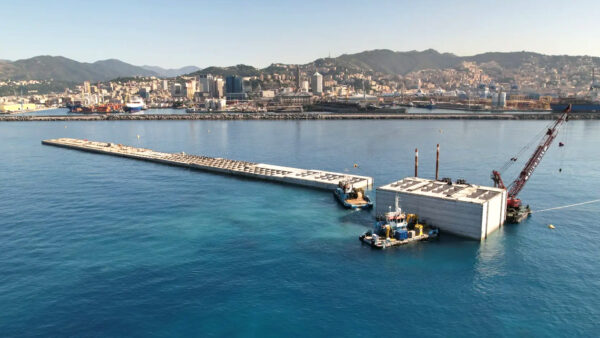If the UK government acts now to develop renewable power, UK consumers will pay the same amount for their electricity in 2050 as they do now, according to an influential advisory body.
The National Infrastructure Commission (NIC) has said the push for cheaper renewables should be complemented by a slowdown in the country’s nuclear programme, so that only Hinkley Point C and one other plant will be started before 2025.
The advice is contained in the NIC’s first-ever National Infrastructure Assessment, which sets out the UK’s spending needs between now and 2050.
The report says consumers in the UK pay an average of £1,850 a year for electricity, heat, hot water and petrol or diesel, and that this energy could be delivered at the same cost from a low carbon energy system by 2050.
Sir John Armitt, the chair of the NIC, said the UK had to change its generating strategy to meet legally-binding climate change targets, but added that the change could bring unexpected economic benefits as well.
“If we act now we have a golden opportunity to make our country greener, and protect the money in the pockets of consumers long into the future – something few of us expected to be able to do,” he said.
“Ministers can seize this chance by investing in renewables and other low-carbon technologies so they become the main players in our energy system – something that was considered a pipedream as little as a decade ago. But they need to act now to realise the full potential of what can be achieved.”
Currently, around 30% of the UK’s electricity comes from renewable sources, more than double its contribution five years ago. The assessment recommends that the government set a target of 50% by 2030. The report says the cost of renewables – primarily wind generation – is “far more likely” to fall than the cost of nuclear power.
In the UK’s last capacity auction, in September 2017, two big offshore wind farms came in at £57.50 per megawatt hour, in 2012 pounds, and a third at £74.75. These “strike prices” compare with £92.50 for Hinkley C, also in 2012 pounds.
The assessment recommends that only one nuclear plant be built after Hinkley Point C before 2025, which would be enough to maintain the UK’s nuclear supply chain and skills base.
The commission also called on the government to ensure that Brexit does not affect the programme to add interconnectors between the UK and European grids, and to aim for continuity with the EU’s Euratom organisation.
The report makes the following recommendations:
- Established technologies such as wind and solar to deliver the overwhelming majority of the extra renewable electricity needed as overall demand increases, with measures to move them to the front of the queue for government support.
- Government sets out a clear pipeline, with dates and budgets, for future auctions to support renewables.
- The feasibility of hydrogen and heat pumps as a low-carbon alternatives to oil and gas for heating be established, with community-level trials for hydrogen in place by 2021, and a trial to supply at least 10,000 homes by 2023.
The NIC also warned that the government should ramp up efforts to improve the energy efficiency of Britain’s buildings, and it called for £3.8bn to be invested between now and 2030 to make improvements to the country’s social housing stock.
Image: Scroby Sands wind farm, off the coast of Great Yarmouth (Creative Commons)
Further reading:






